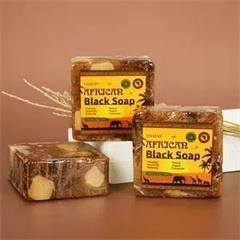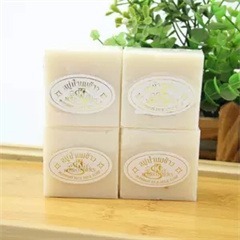Ancient Origins: The earliest evidence of soap-like substances dates back to ancient civilizations. Babylonians, around 2800 BCE, are believed to have used a combination of ashes, water, and animal fats to create a soap-like material for cleaning purposes. Ancient Egyptians also used a mixture of animal and vegetable oils with alkaline salts to clean themselves.
Ancient Greece and Rome: Both ancient Greek and Roman societies recognized the cleaning properties of soap-like substances. They used a mixture called “sapo” (Latin for soap) that combined fat, wood ash, and water. However, these early soaps were likely rough and crude compared to modern standards.
Middle Ages: The knowledge of soap-making spread throughout medieval Europe, often through contact with the Arab world. Soap-making guilds were established, and by the 12th century, soap was being produced and used for personal hygiene and laundry.
16th-18th Centuries: In the 16th and 17th centuries, soap production became more refined, with improvements in the quality of soap and the use of scents and additives. France, Spain, and Italy became centers of high-quality soap production during this time.
Industrial Revolution: The 18th and 19th centuries brought significant advancements in soap production. The discovery of the chemical process of saponification by French chemist Michel Eugène Chevreul in the 19th century contributed to a better understanding of soap’s chemical composition. This period also saw the rise of commercial soap manufacturing using steam-driven processes.
Late 19th and 20th Centuries: In the late 19th century, soap-making techniques continued to improve, leading to the development of modern soap as we know it today. With the advent of synthetic detergents in the mid-20th century, soap faced competition from more versatile and effective cleaning agents.
Modern Times: Today, soap is produced using a variety of methods, both industrially and on a smaller scale. Natural ingredients, as well as synthetic additives, can be used to create a wide range of soap products tailored to different skin types and preferences.
The history of soap reflects humanity’s ongoing pursuit of cleanliness and hygiene. From its humble beginnings as a simple mixture of fats and ashes to the diverse array of soaps available today, soap has played a vital role in maintaining health and well-being throughout the ages.





































